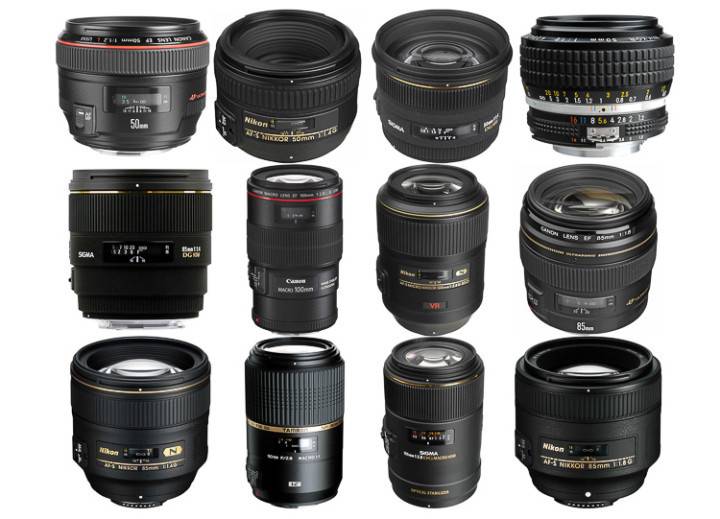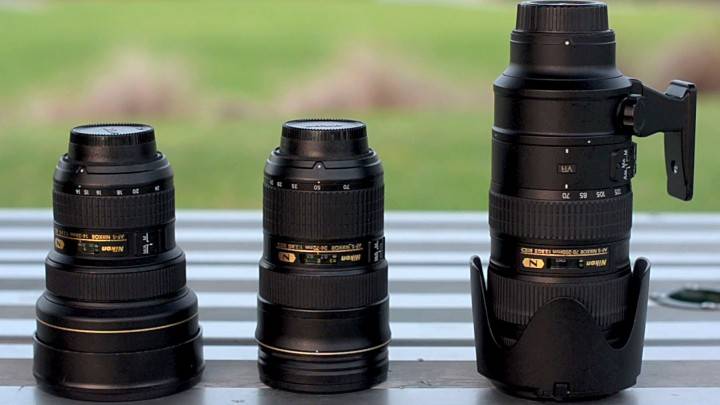Last Updated on October 3, 2021 by PixelPluck
Most entry and mid-level DSLR come bundled with a Kit Lens. Kit Lenses are lightweight and built to a price that won’t make the camera kit seem expensive, these lenses are primarily designed to get the new photographer off the ground and shooting with his or her new camera, straight out of the box. Most of the entry and mid-level DSLR cameras come bundled with either an 18-55mm lens
or a slightly longer 18-105mm
(Nikon) / 18-135mm
(Canon). They just do the job and are better than the point-and-shoot compact camera quality. Find 10 Best Lenses to upgrade from your Kit Lens in this blog post.
In demanding conditions such as low light situations or portraits where sharpness is required Kit Lenses fail to achieve sharper and well-exposed results. If you are willing to improve the quality of your photographs, get better bokeh, and expand creative freedom then it’s time to upgrade to a prime lens.
Upgrade your skills before upgrading your gear.

Why would a Photographer need a Prime lens?
Here are the important reasons to get a prime lens after your Kit Lens:
- It’s faster and allows more light into the sensor providing better shutter speed.
- Easily affordable compared to fast zoom and telephoto lenses
.
- Having said that, wonderful in low light for its larger aperture (& Low ISO = Cleaner image)
- Great optical quality with wonderful crispy and contrast pictures.
- Prime Lenses gives a lovely bokeh, a soft background for an ultra-sharp subject.
- And finally, Primes help you become a better photographer.
Prime Lenses
List of 10 Best Lenses to upgrade from your Kit Lens.
50mm Prime Lens
A 50mm lens is a go-to lens for all photographers looking for professional quality results. It immediately transforms the quality of your photographs by giving creamy background bokeh and sharper images. Kit lenses don’t open wide enough aperture to give a creamy background blur. They open their aperture to a maximum of f3.2 or similar. The 50mm prime lens will open up to f1.8 aperture. This also means it will suck in more light and therefore better low light results. Of course, you can buy 50mm f1.4 or a 50mm f1.2 also but they are very expensive and used by professionals. 50mm f1.8 is good enough for hobbyists as well as semi-professionals.
Check the latest price here (Canon / Nikon
)
35mm Prime Lens
It is as good as 50mm but it gives wider angles which means you can take group photos easily or can even take photos indoors where space is an issue. Remember you can’t zoom in or zoom out in fixed focal length lenses like 50mm, 35mm, and 85mm. You will have to physically move forward and backward. It is good for both portraits, group portraits, and landscapes.
Check the latest price here (Canon/Nikon)
85mm f1.8G
It is one of the sharpest lenses and gives amazing results. The background is usually thrown completely out of focus and photos are extremely sharp. It’s an excellent outdoor lens for portraits, fashion, portfolio, and family shoots.
Check the latest price here (Canon/Nikon)
Tamron 17-50mm f/2.8
For those who can’t afford the prime zoom lenses like 24-70mm f2.8, this lens comes to rescue your pockets and gives you satisfying quality. You get the ability to zoom in and zoom out and thus better composition control. It’s an all-around lens that will do just any job and you will be glad about the results. This lens holds massive improvement over your kit lens.
Check the latest prices here (For Canon/For Nikon
)
Dedicated Macro lens
If you are interested in macro photography and getting life-size images with extreme sharpness then this category is for you. Dedicated macro lenses may start at a focal length of just 40mm but practically they aren’t very useful as the working distance between your lens and subject will be very small. This in turn means you can scare that little bug and it will fly away. It’s good to choose a macro lens above 90mm. Third-party lenses are always cheaper but there would be a slight quality difference. Macro or Micro means the same and is used by Canon and Nikon respectively.
Read about Macro Photography here.
Check latest price for Canon EF 100mm f/2.8 Macro, Nikon 105mm f/2.8G
or Tamron 90mm
for Canon or Nikon.
Ultra Wide Angle lens
Wide-angle lenses give a completely different perspective. On a normal crop sensor body, the kit lenses starting at 18mm behave like 24mm due to the sensor crop factor. So an extremely wide-angle lens will give your better results. You can do amazing landscapes, seascapes, streets, or even extraordinary portraits with it. They are a must for landscape lovers. Nikon and Canon wide-angle lenses are very expensive. Tokina 11-16mm f2.8 is very positive and highly rated and does an equally good job at a lesser price point.
Check the latest price for Tokina 11-16mm f2.8 (For Canon /For Nikon)
24-70 f2.8 Lens
They are extremely sharp, highly professional, and top of their category lenses. You won’t find a sharper alternative in their class. They are used by professionals as well as normal hobbyists with deep pockets. You don’t even have to think about the quality, it’s just supreme.
Check the latest price here (Canon/Nikon
)
70-200mm f2.8 Lens
They are everything told in point number 7, except they are slightly bigger and have a higher focal length. They give you more working distance and good for outdoors.
Check the latest price here (Canon/Nikon
)
Tamron 150-600mm
For all wildlife photographers, this is the best value for money product. With a focal length of 150 to 600mm on a full-frame and 225-900mm equivalent on a crop sensor camera, you can’t ask for more at its price. The results are highly acceptable and have good wonderful reviews. Due to its high demand, you may have to wait after your orders to get your hands on.
Check latest price here (Tamron 150-600mm)
The Holy Trinity of Lenses
The name says it all. They include a 12-24mm f2.8, a 24-70 f2.8
, and a 70-200mm f2.8 lens configuration
. Except for the wildlife they take care of all kinds of normal photography with the best possible results. Don’t even compare them with any other lens. They are expensive but the results justify their high price tag. You can, of course, go to their sigma
and Tamron
alternatives but the quality won’t be the same.
Another great alternative that you should have in mind is the award-winning lens the Sigma 18-35mm f/1.8 Art.

A few years ago I brought a Rebel t3 and although it works fine, I am looking at upgrading. Thinking about the Canon 80d, but also torn between the 6d, 70d, 7d. I like taking general photos from shots of the granddaughter to landscapes and wildlife. Would also like to get into macro. Apart from kit lens I have the 50mm f1.8 and the 10-18mm f4.5 is stm. Had considered buying the canon 70-200 f2.8 L instead of the camera body as people have advised its all about the lenses. Not sure if the rebel t3 would do the 70-200mm lens justice.
The holy Trinity of lenses would be expensive to upgrade from kitlens for most hobbyists so I see the best lens listed here is 50mm and Tamron 17-50mm f2. 8 … One of the best rated and value for money..
35mm is good for indoors. But 50mm is cheaper and better portraits if need to shoot mugshots.